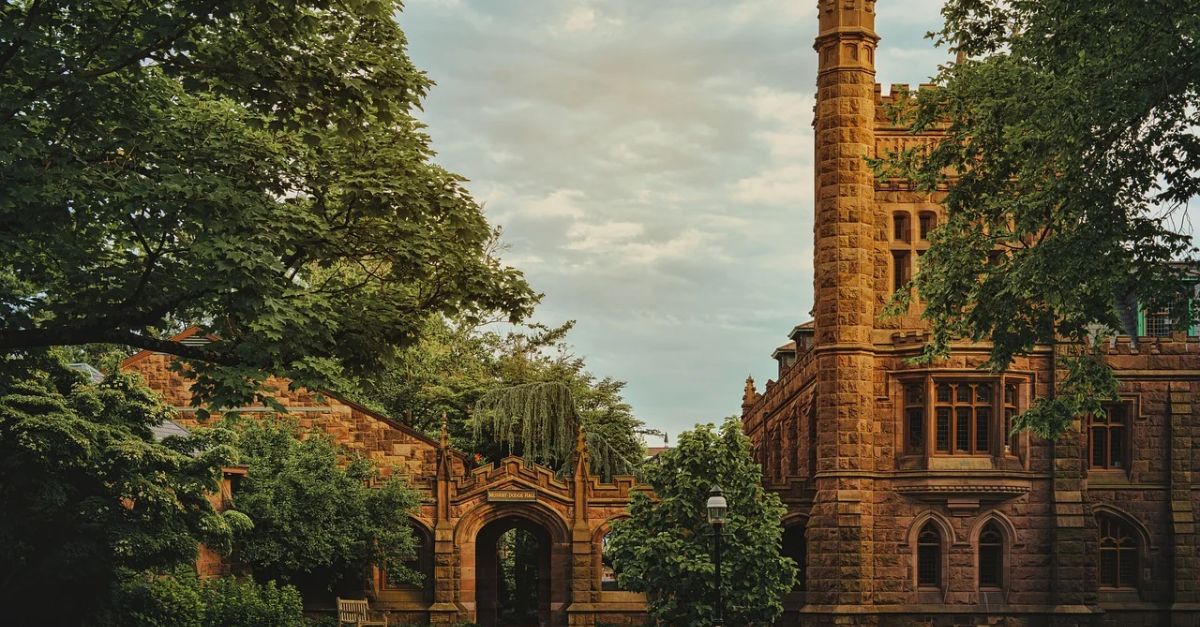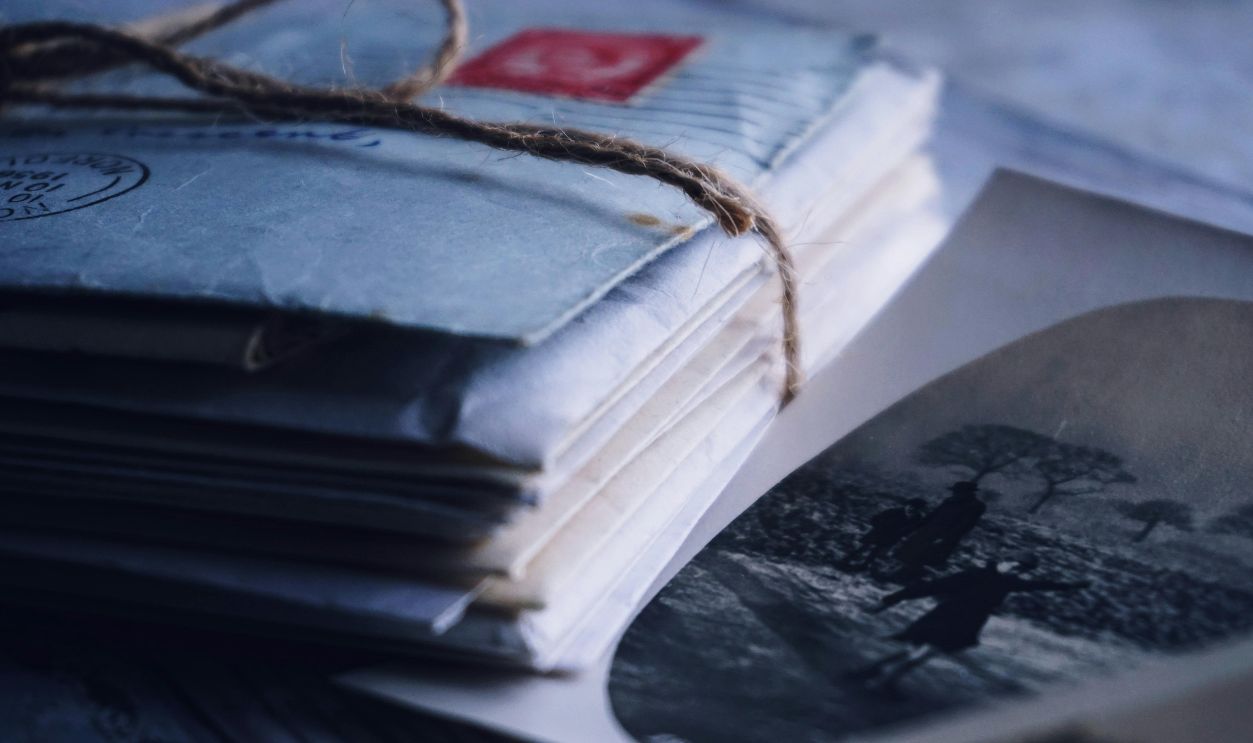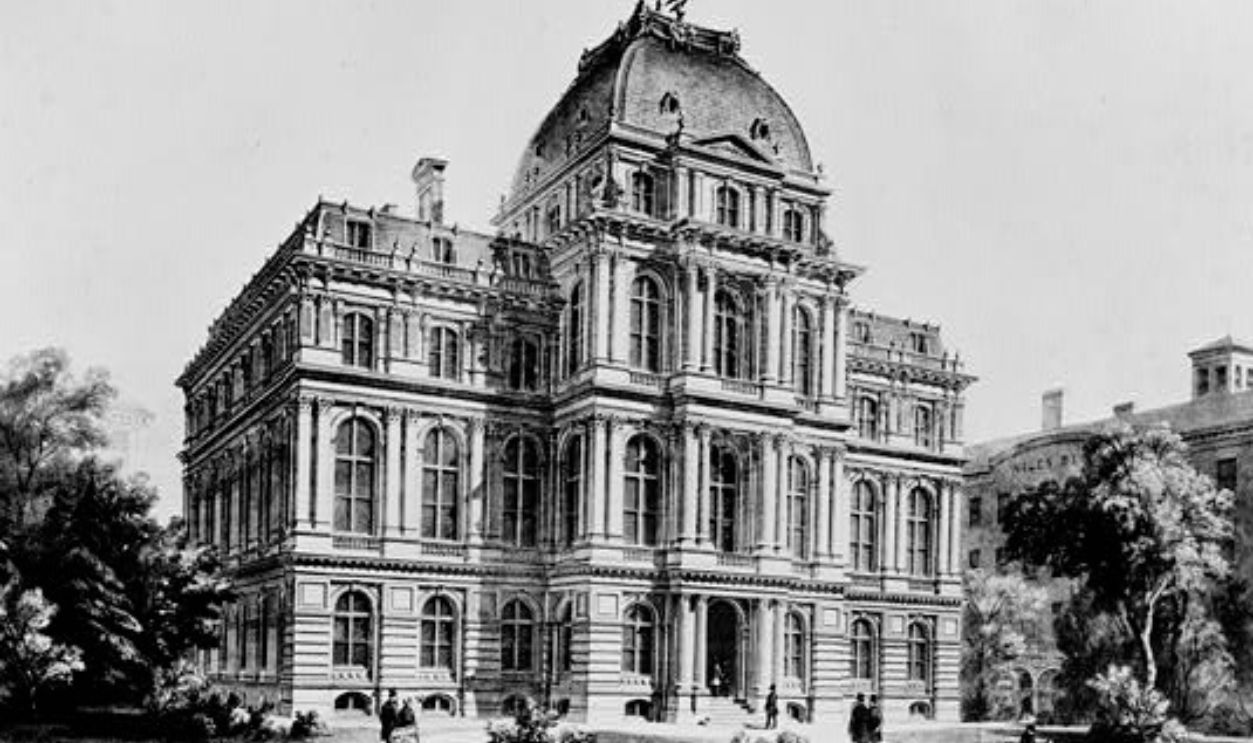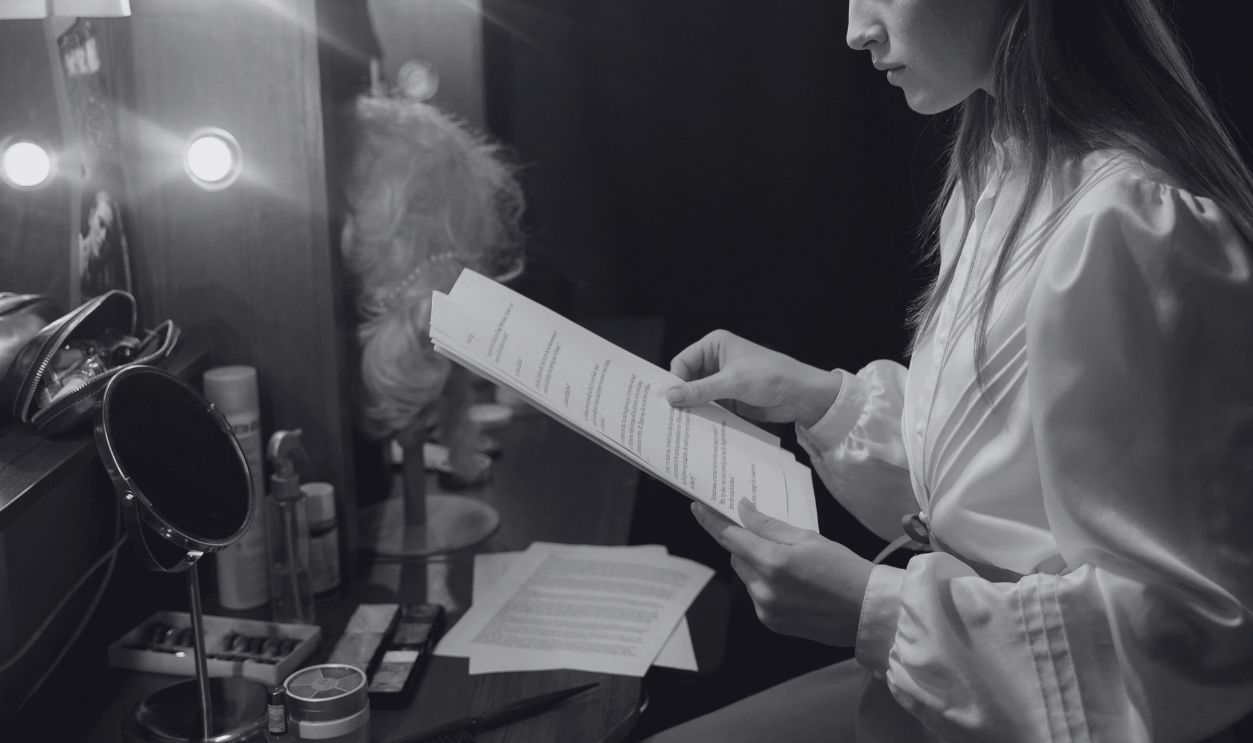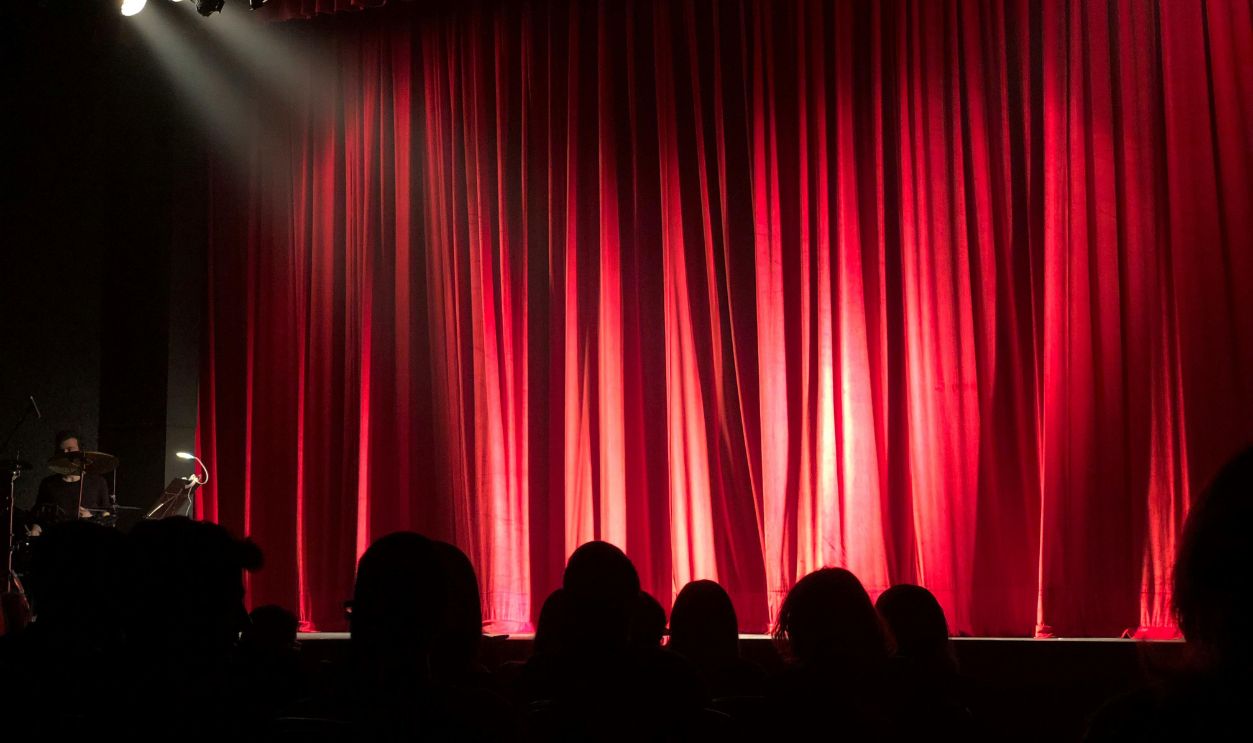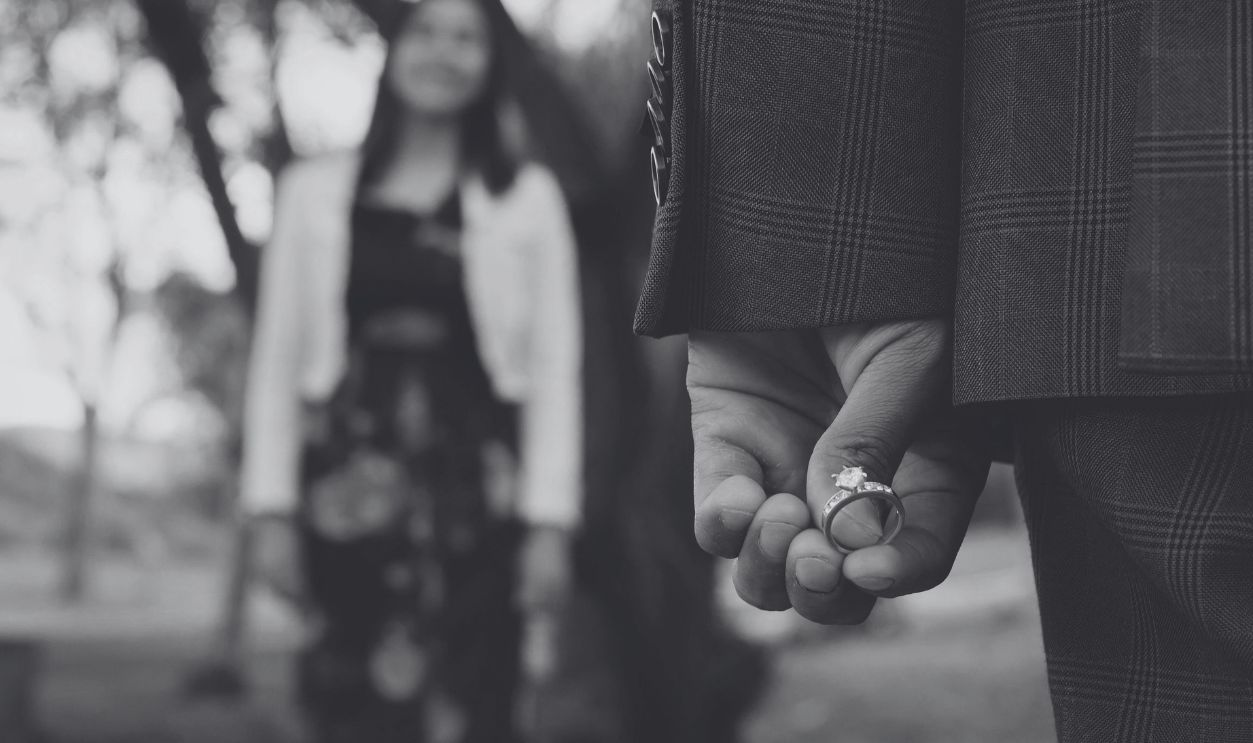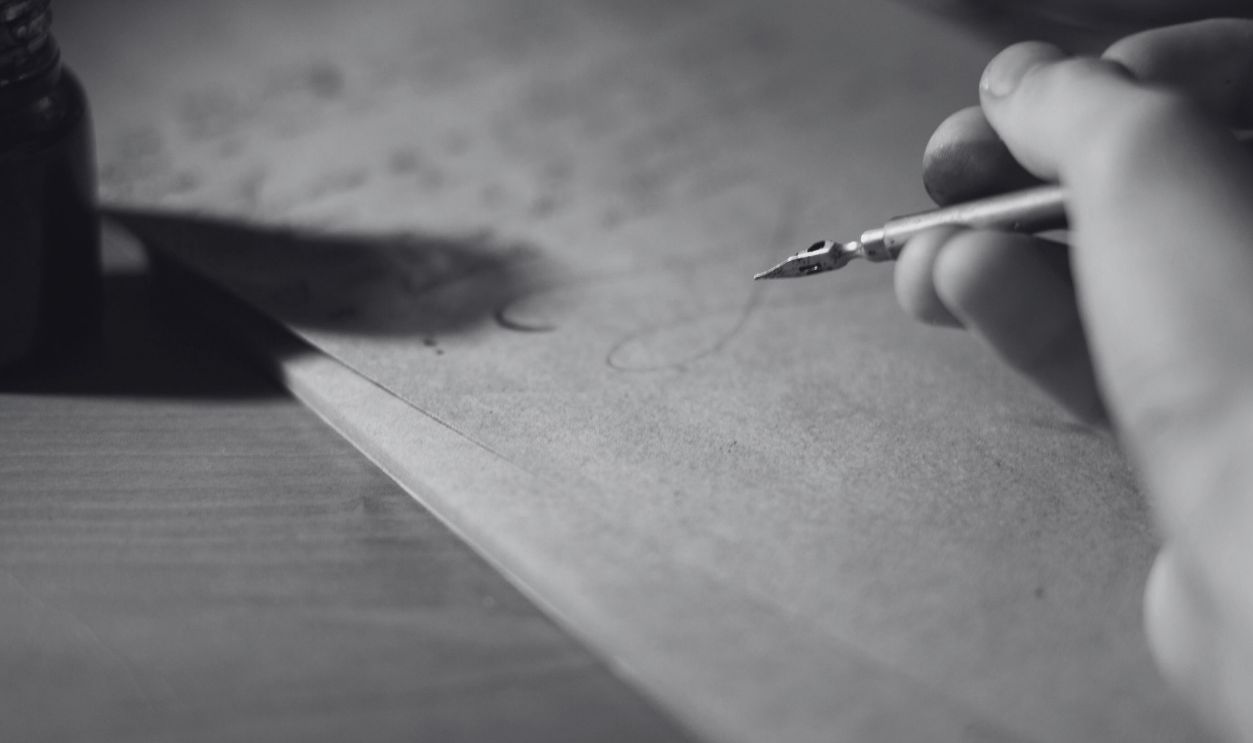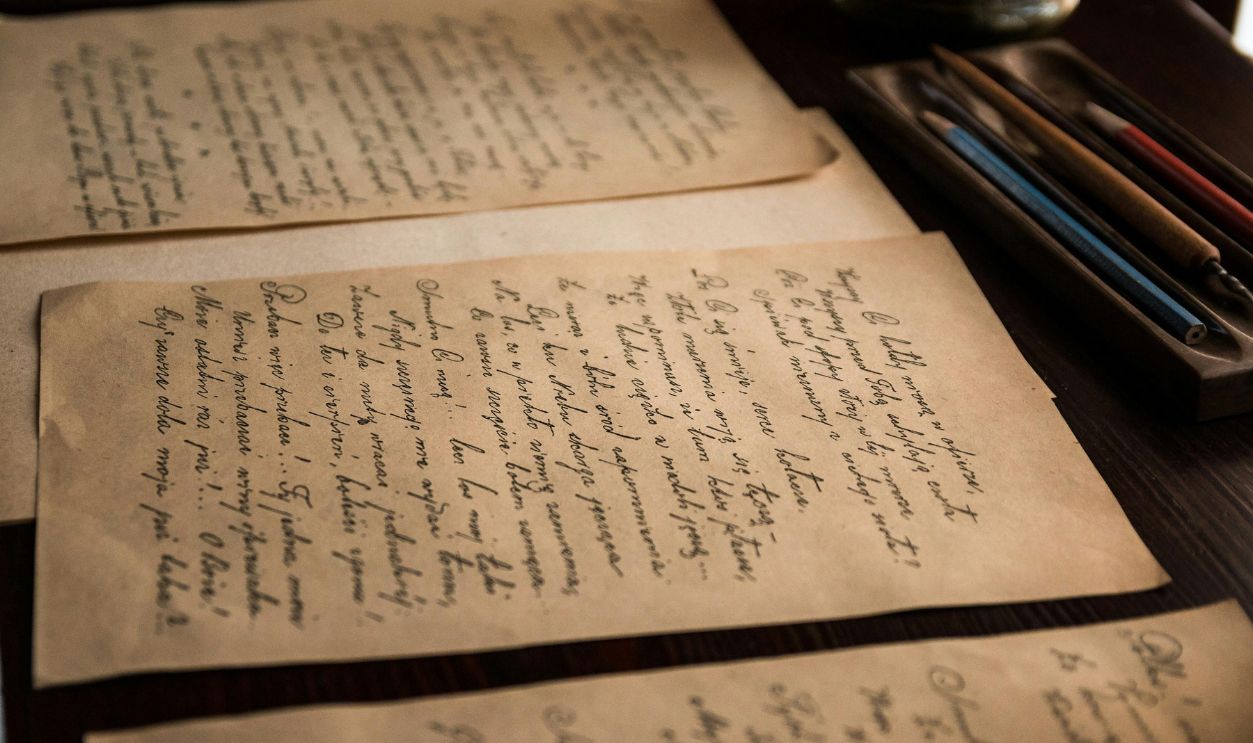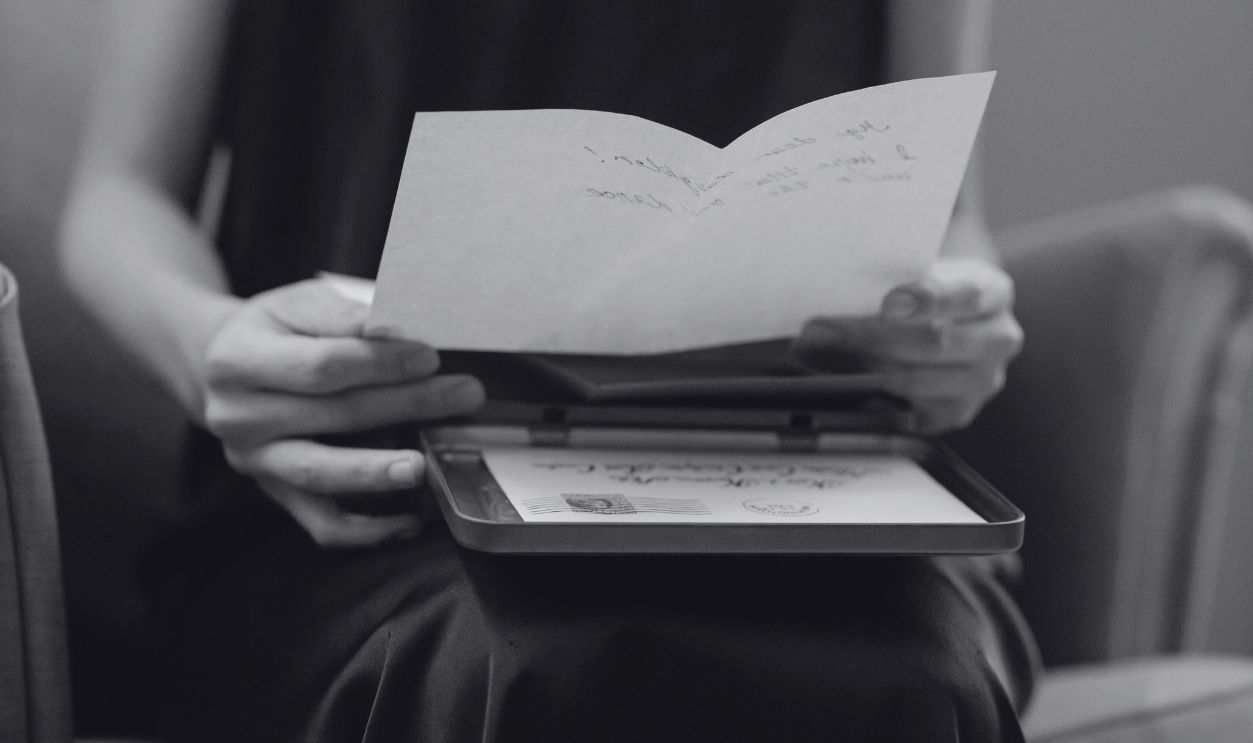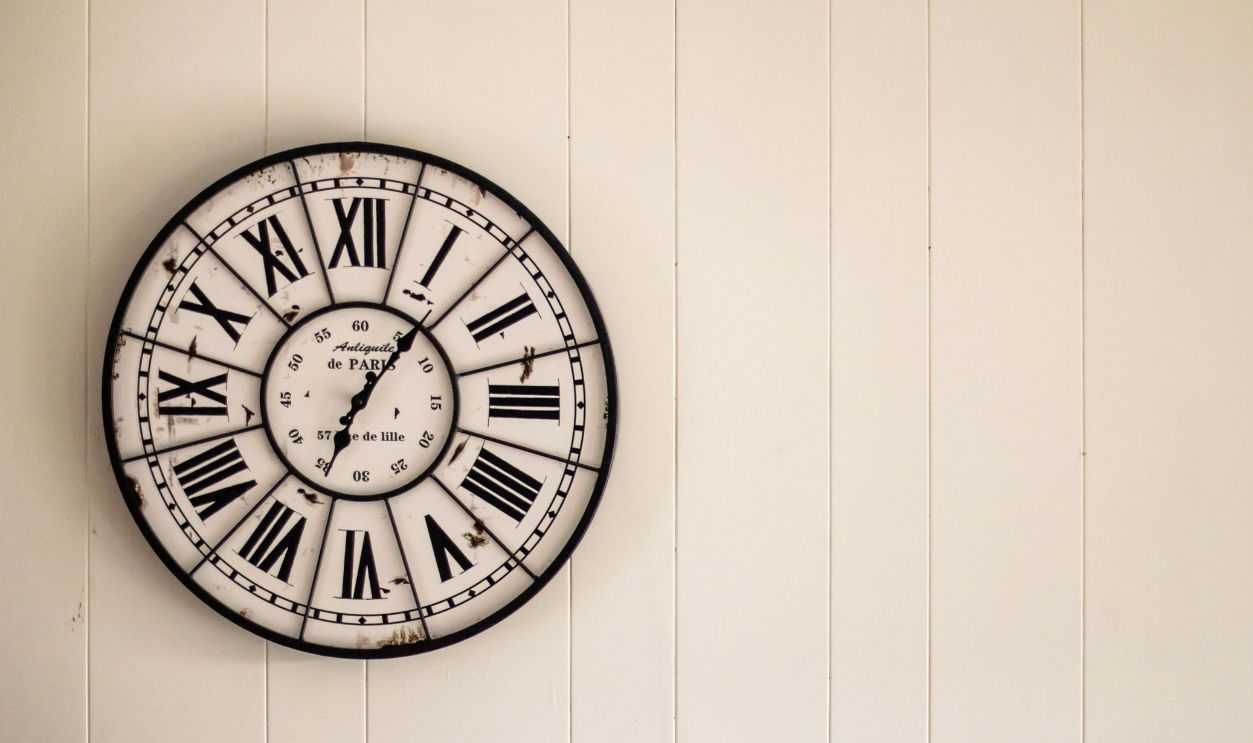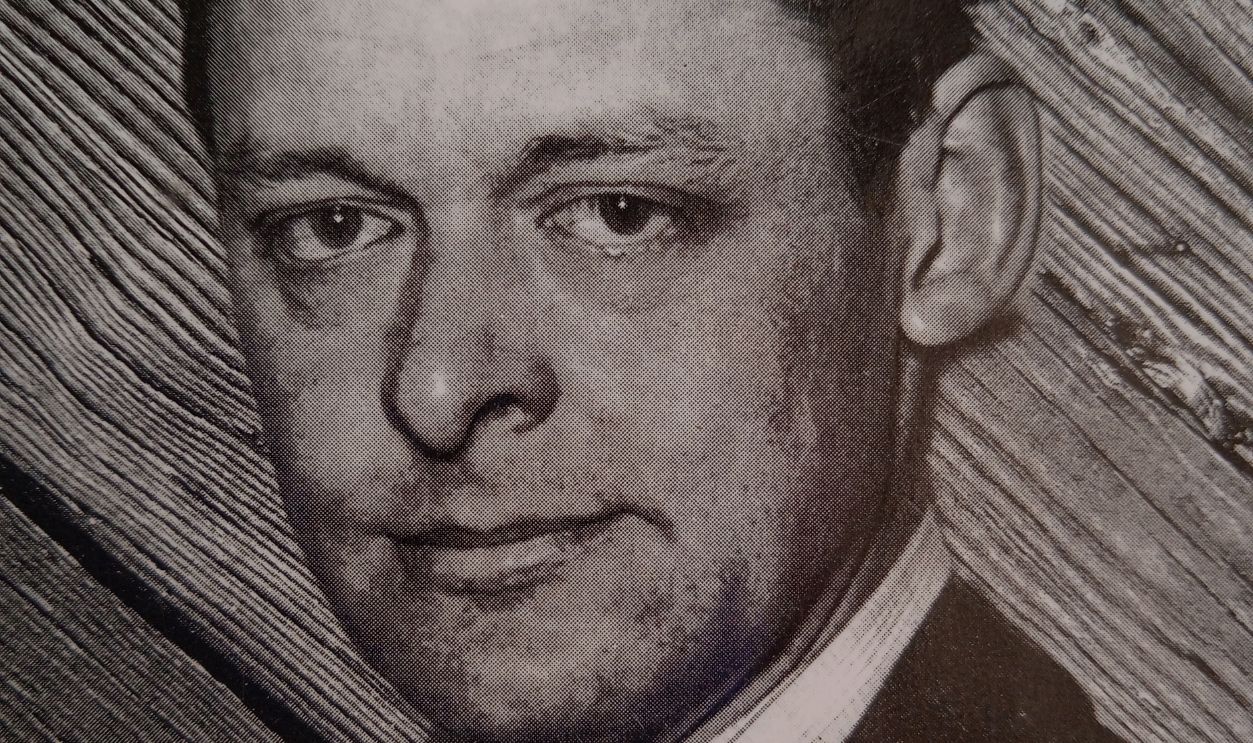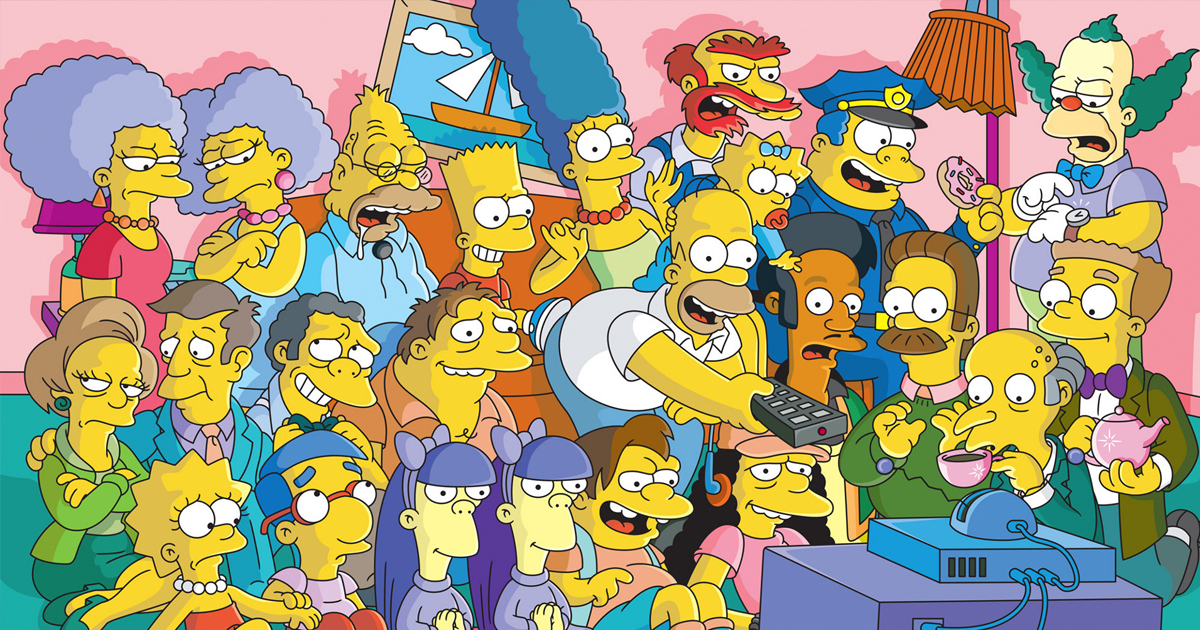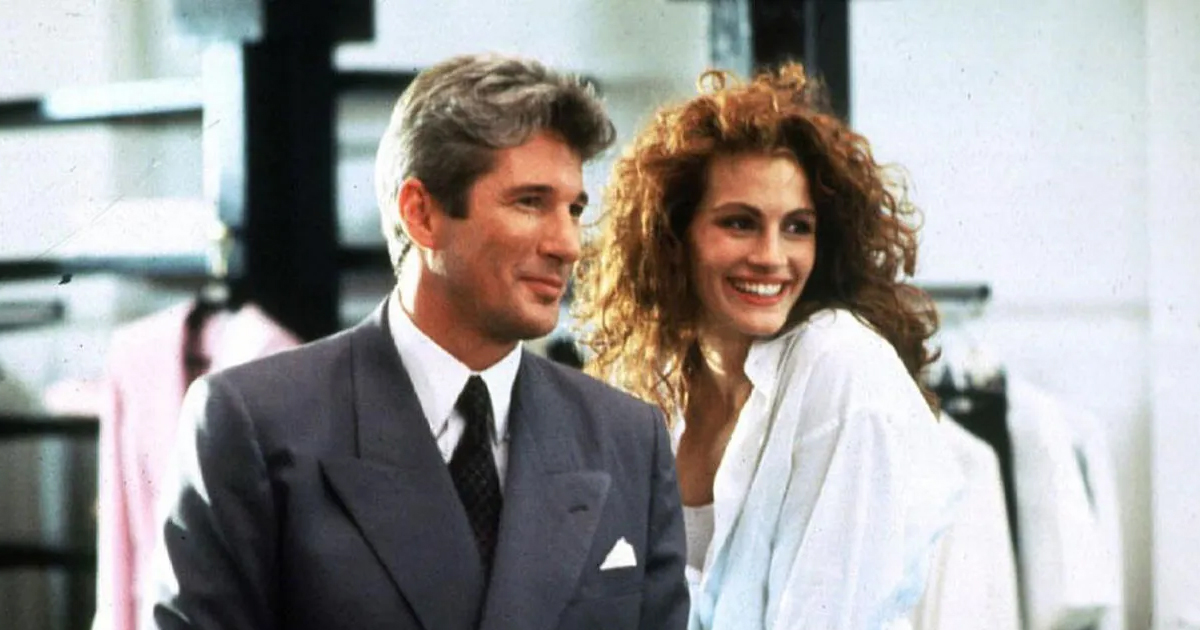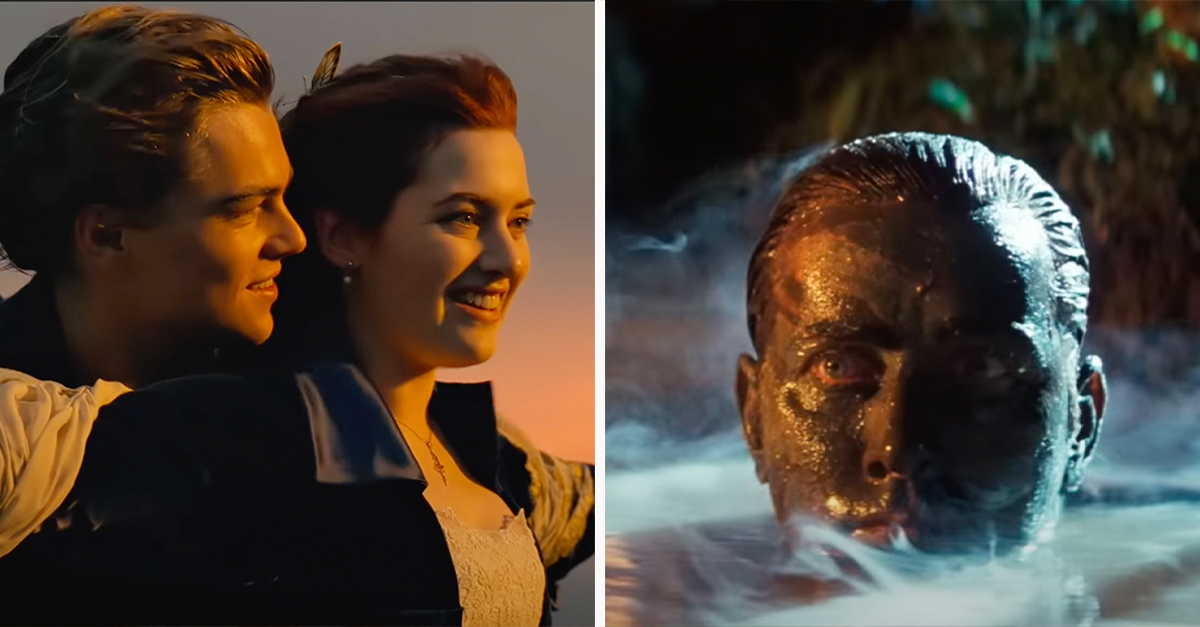A Poet’s Hidden Heart
The famed poet and essayist Thomas Stearns Eliot OM was deeply in love with Emily Hale, an American drama teacher. He wrote her an insane number of letters, the content of which show just how madly in love with her he was.
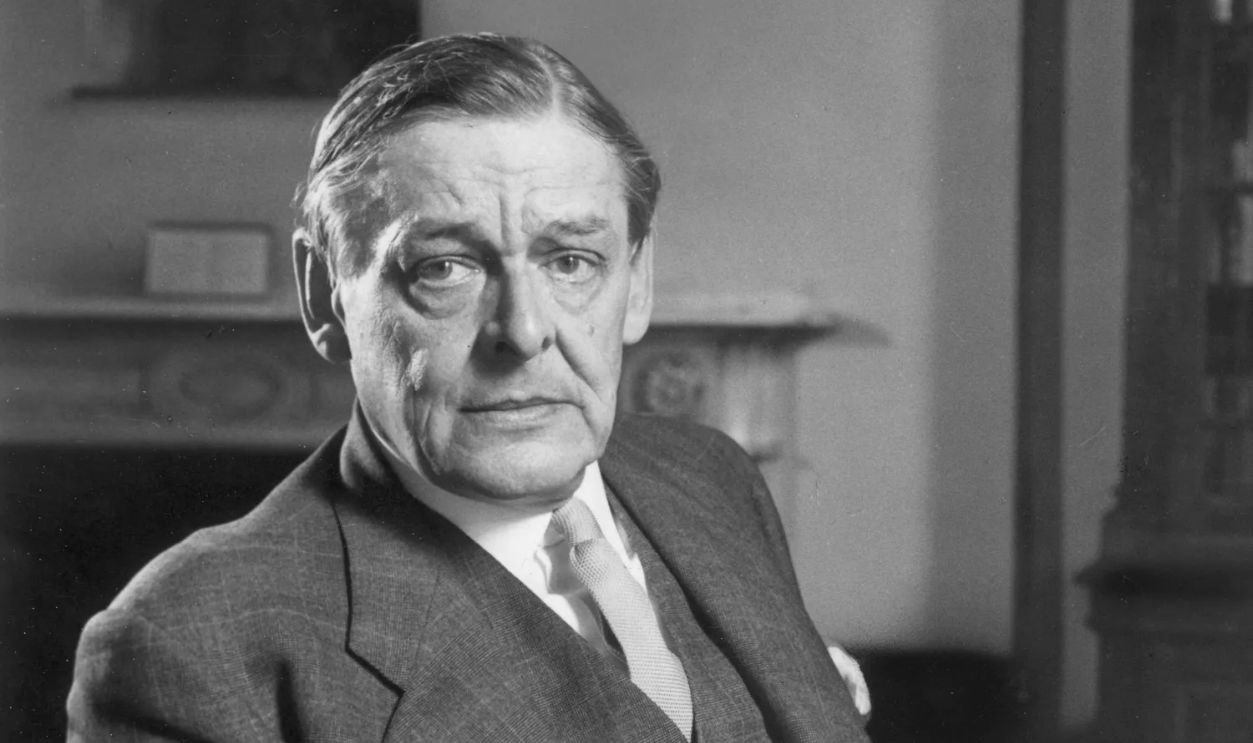
A Love Long Concealed
The story of TS Eliot and Emily Hale remained a secret for many years, known to scholars who could only guess at the details. Just a few months before Eliot married his secretary, Hale gave the Princeton Library 1,131 letters he had written to her.
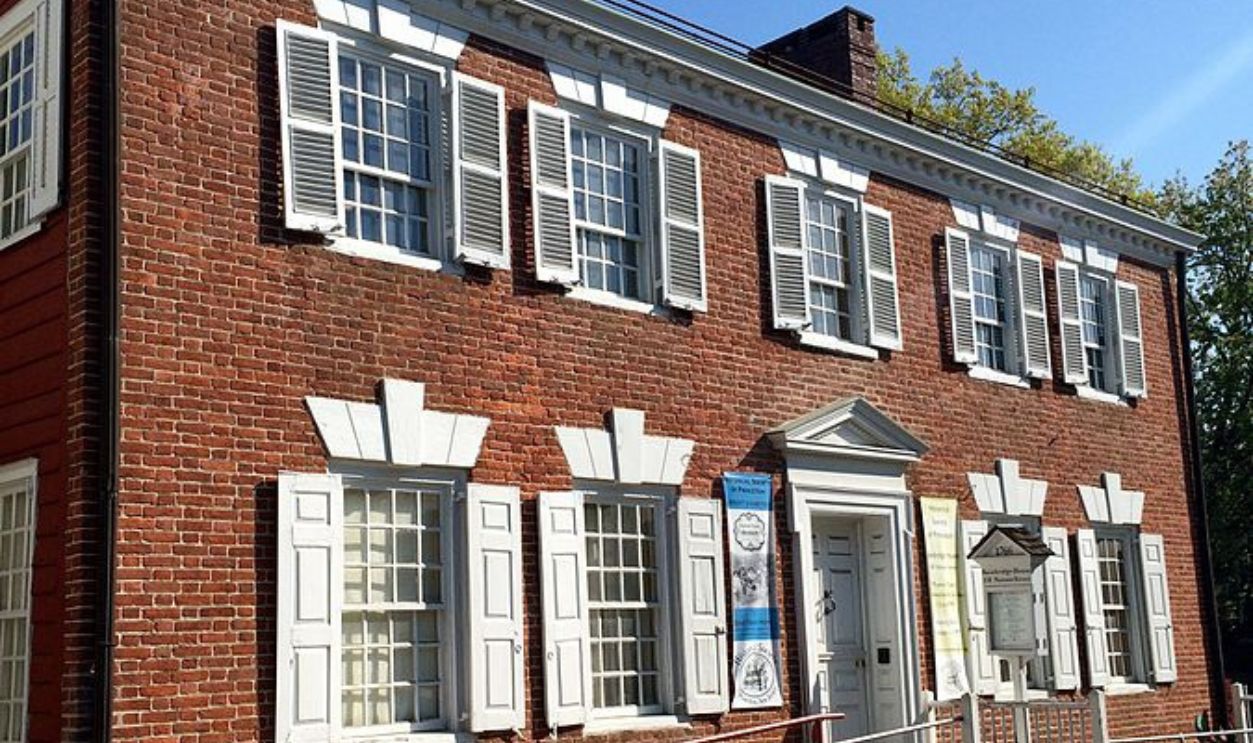 Djkeddie, CC BY-SA 4.0, Wikimedia Commons
Djkeddie, CC BY-SA 4.0, Wikimedia Commons
Fifty Years In Silence
The letters would stay sealed until fifty years after both of them had passed away. And here is how it all began: Eliot and Hale first met in 1905 as teenagers. That was the year Eliot moved to Boston to study at Milton Academy before heading to Harvard.
Roots In New England
Neither was born in New England, but their families had deep roots there. Eliot grew up in St Louis, where his grandfather founded Washington University and his father ran a brick-making business. Each summer, his family left for the Massachusetts coast, where he spent time with his cousins.
 BenFrantzDale, CC BY-SA 3.0, Wikimedia Commons
BenFrantzDale, CC BY-SA 3.0, Wikimedia Commons
Connections Across Time
Eliot’s cousin, Eleanor Hinkley, and Emily Hale had been close friends since their school days in Cambridge. Hale was three years younger than Eliot and was born in East Orange, New Jersey, where her father had been invited to establish a Unitarian church.
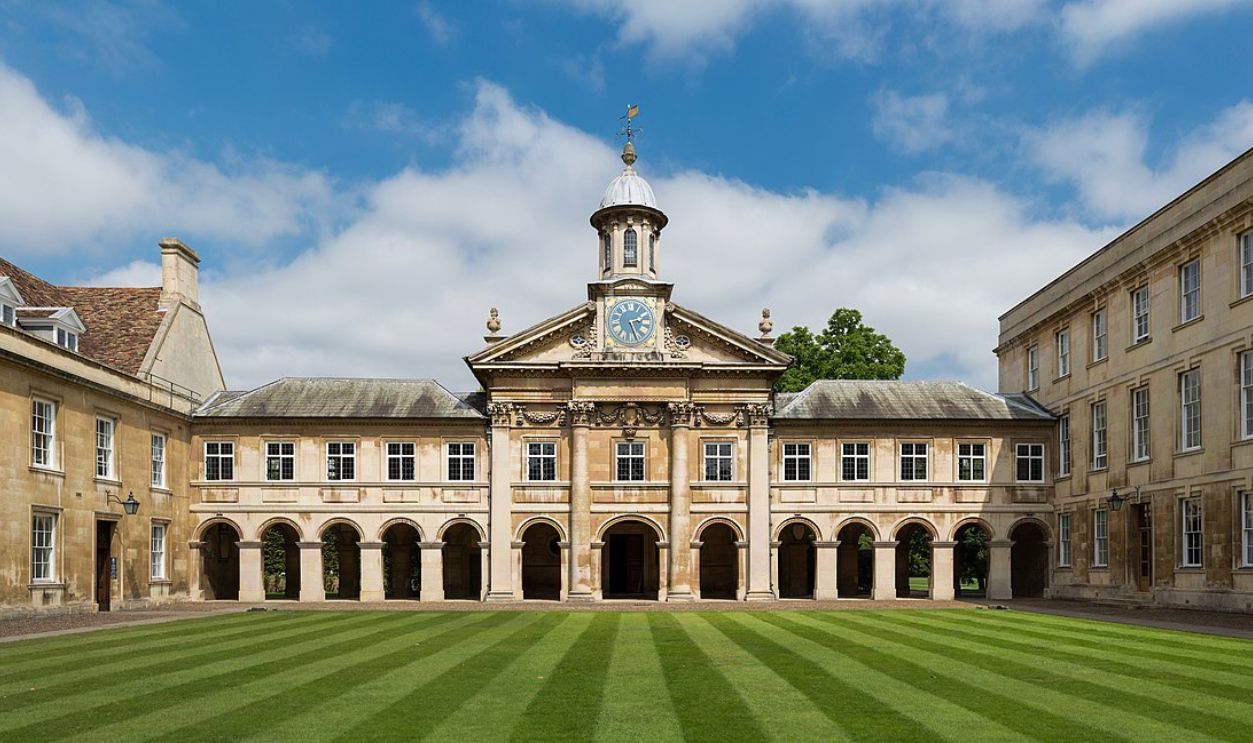 Diliff, CC BY-SA 3.0, Wikimedia Commons
Diliff, CC BY-SA 3.0, Wikimedia Commons
From Grief To Boston
Emily Hale and TS Eliot met through Eleanor Hinkley. Hale moved to Boston at five when her father took a teaching job. Soon after, her younger brother died, and her mother suffered a breakdown, eventually being institutionalized.
Acting To Heal Wounds
Hale left no account of how this affected her, but the trauma likely fueled her lifelong desire to be a good girl, someone who pleased others to avoid rejection. The loss may have contributed to Hale’s love for acting, where she could step into make-believe worlds.
The Poet And The Actress
Eliot, the youngest in his family, was quiet and bookish, spending his childhood reading rather than socializing. At 24, he returned to Harvard after a year in Europe to complete a doctorate in philosophy. Hale was focused on acting, while Hinkley dreamed of becoming a playwright.
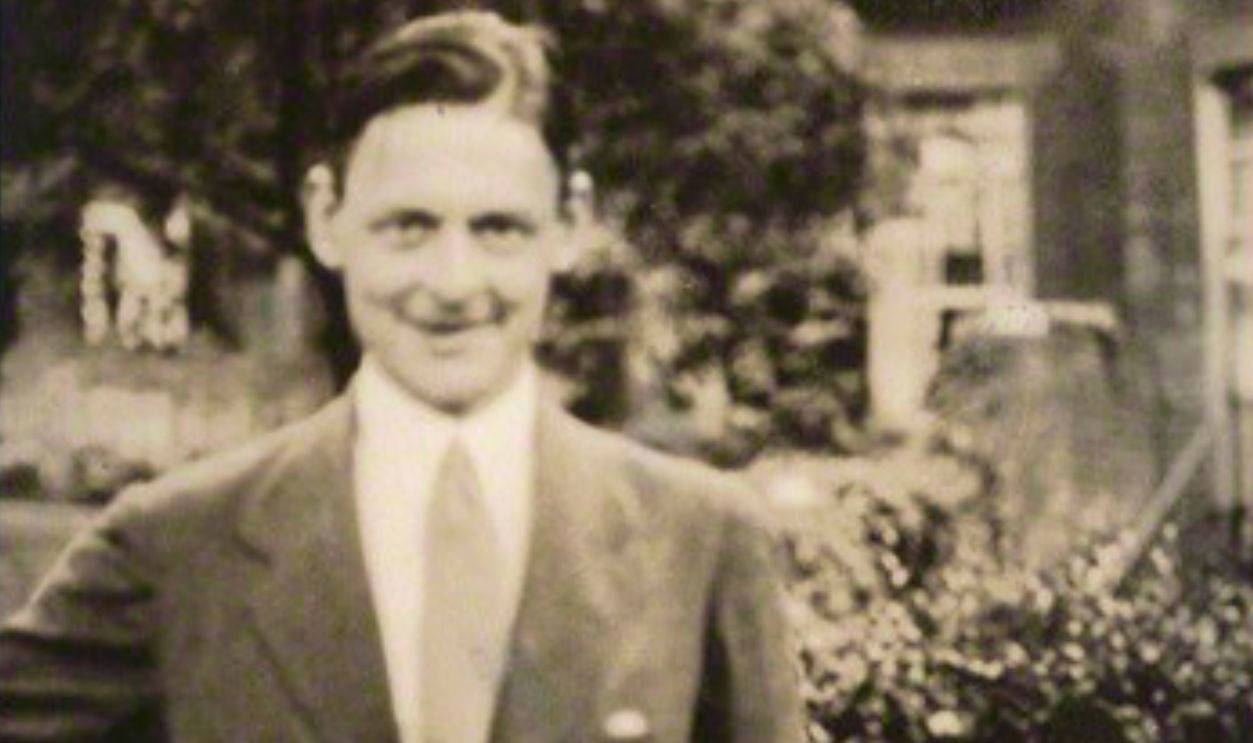 Lady Ottoline Morrell, Wikimedia Commons
Lady Ottoline Morrell, Wikimedia Commons
Eliot’s Silent Affection
In 1913, Hinkley organized a charity theater event, casting Eliot and Hale in a Jane Austen sketch. During rehearsals, Eliot realized the depth of his feelings for Hale, but she didn’t seem to notice. Harvard men were said to categorize women into social groups: pre-deb, deb, and post-deb.
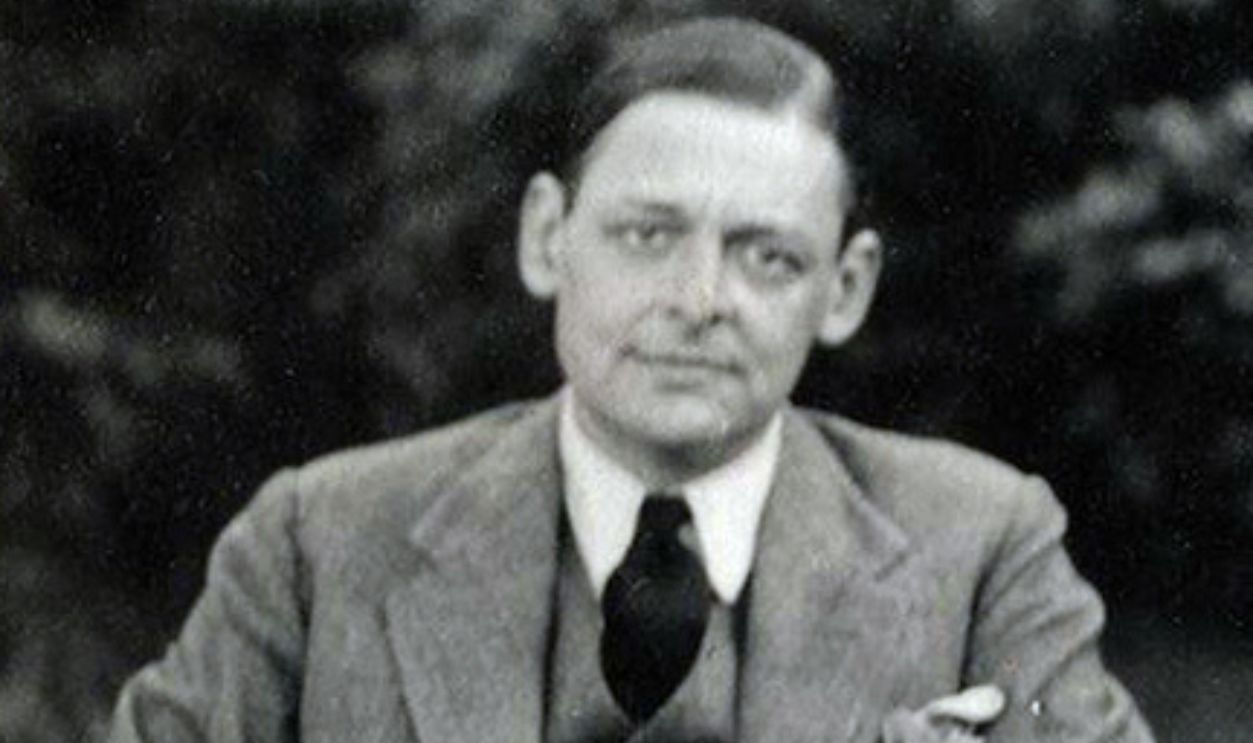 Lady Ottoline Morrell (1873–1938), Octave.H, Wikimedia Commons
Lady Ottoline Morrell (1873–1938), Octave.H, Wikimedia Commons
Unmatched Feelings
Unlike Hinkley, who was formally presented in 1911, Hale was not a deb. Instead, she would have fallen into Harvard’s fourth category, LOPH (Left on Papa’s Hands). To Eliot, she was special, but to her, he was just a friend.
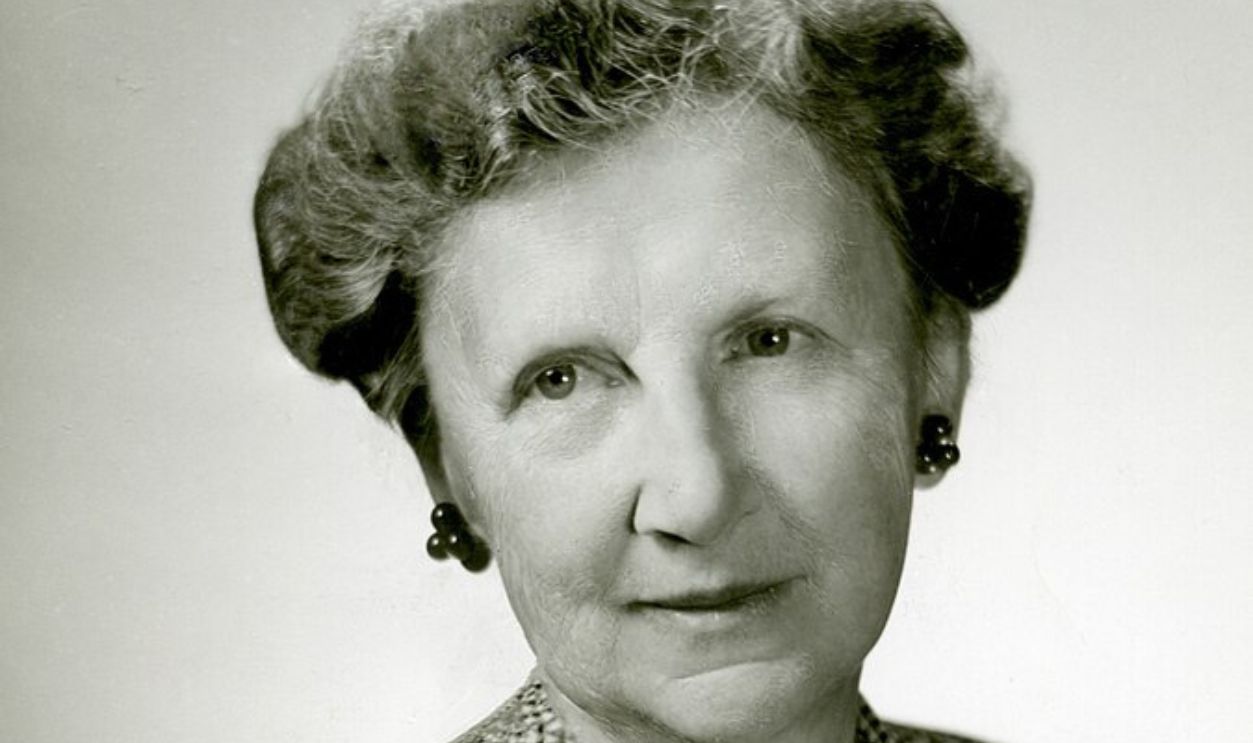 Commissioned by Phillips Academy Andover, CC BY-SA 4.0, Wikimedia Commons
Commissioned by Phillips Academy Andover, CC BY-SA 4.0, Wikimedia Commons
Hale’s Focus On Theater
Eliot had feelings for Hale, but she didn’t seem to pay much attention to his awkward attempts at romance. She was busy with acting and performed in plays as early as 1912. One of her theater groups, the Cambridge Social Dramatic Club, brought together people from Harvard, Radcliffe, and Cambridge.
Eliot’s Academic Pursuits
Eliot had a packed schedule, studying Eastern languages and working toward becoming a philosophy professor. He was also writing The Love Song of J. Alfred Prufrock. In 1914, he was accepted to Oxford’s Merton College and received a Harvard fellowship for a year abroad.
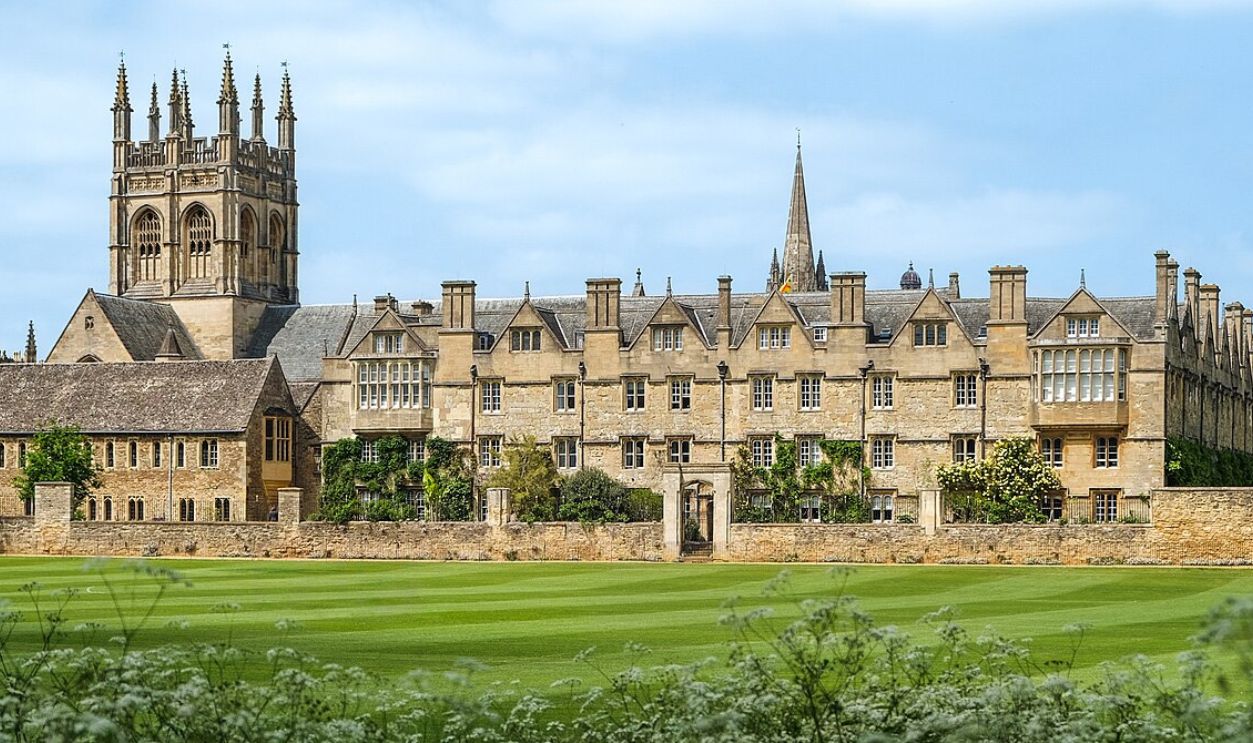 Jonas Magnus Lystad, CC BY-SA 4.0, Wikimedia Commons
Jonas Magnus Lystad, CC BY-SA 4.0, Wikimedia Commons
Brief And Distant Encounters
His time in Boston lasted sixteen months, during which he and Hale only went out together a handful of times. Their interactions were brief, and he once shyly called her by name for the first time at a party where she wore a blue dress and a scarlet sash.
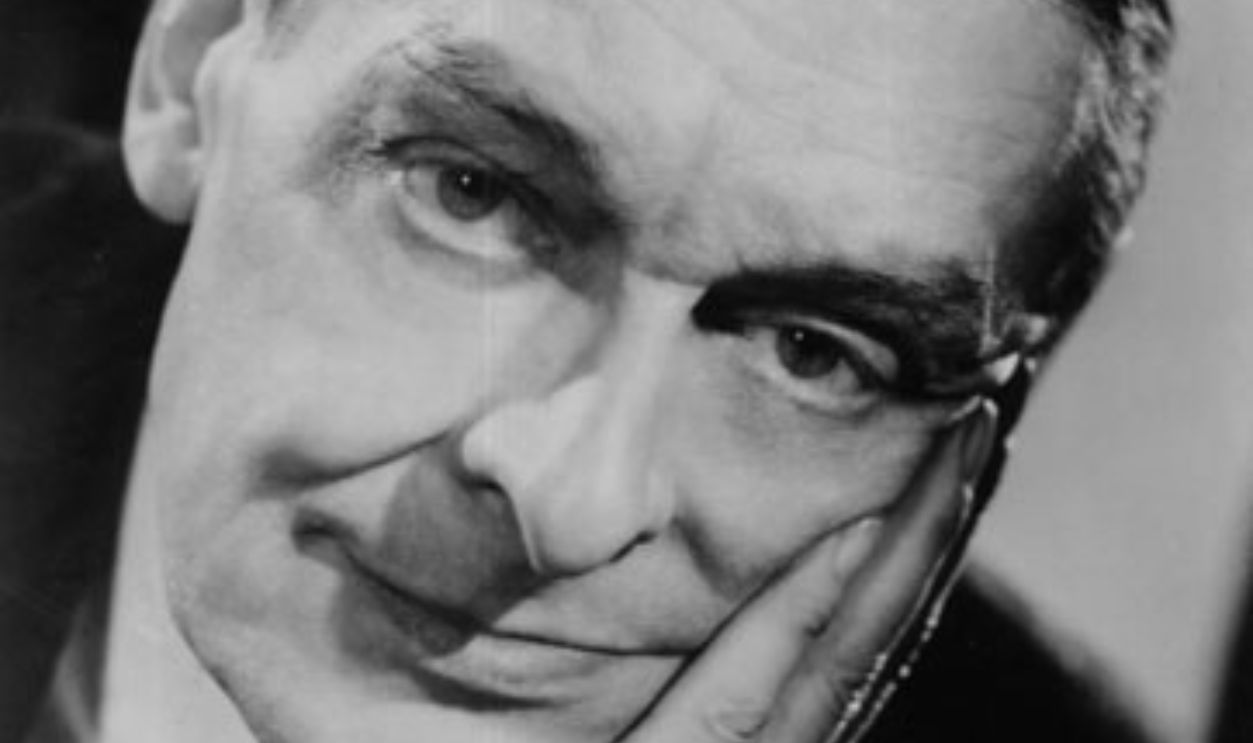 Ellie Koczela, CC BY-SA 4.0, Wikimedia Commons
Ellie Koczela, CC BY-SA 4.0, Wikimedia Commons
Opera’s Lasting Impression
Eliot loved opera and the Boston Symphony. Hale invited him to Tristan und Isolde in December 1913. She might have found the performance uneven, but Eliot was deeply moved. Nine years later, he used that memory in The Waste Land.
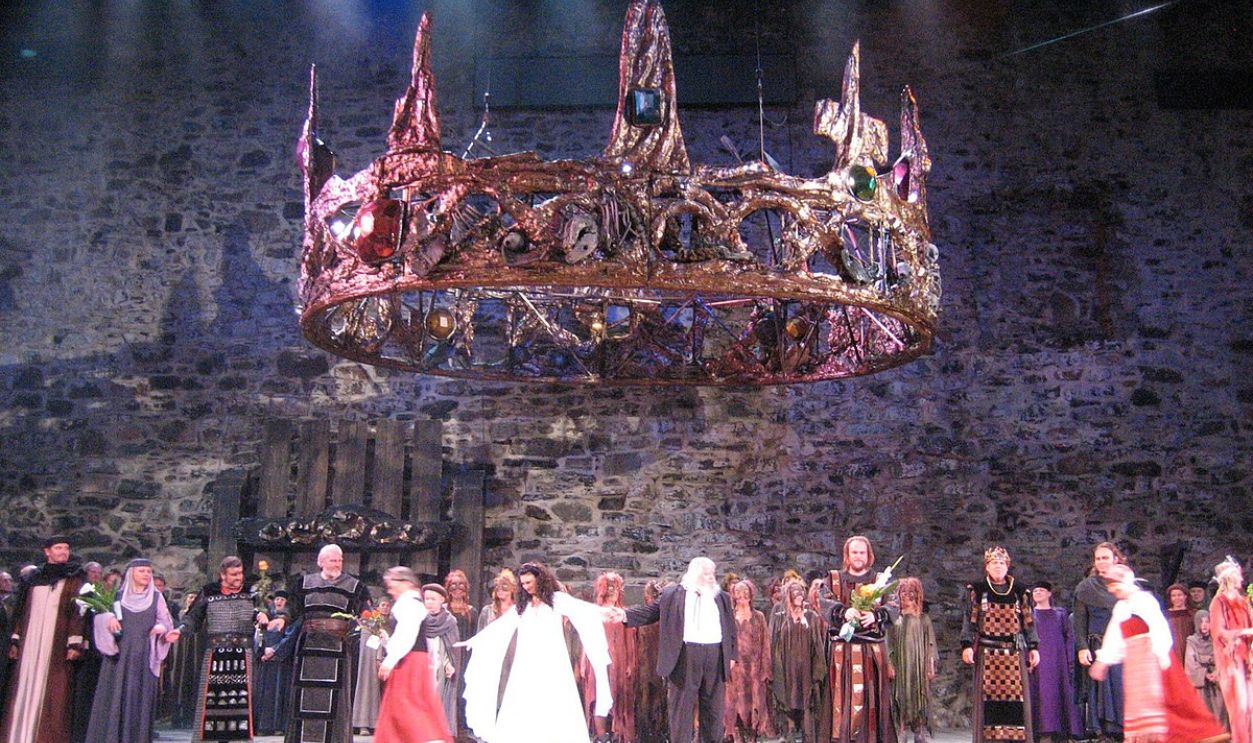 Jaakko H., CC BY-SA 3.0, Wikimedia Commons
Jaakko H., CC BY-SA 3.0, Wikimedia Commons
Eliot’s Hesitancy
Despite his emotions, Eliot held back. After spending a joyful two days with Hale, he felt so low afterward that he barely spoke to her. He saw himself as unattractive and ineligible. Eliot believed he couldn’t pursue love until he could provide for a wife.
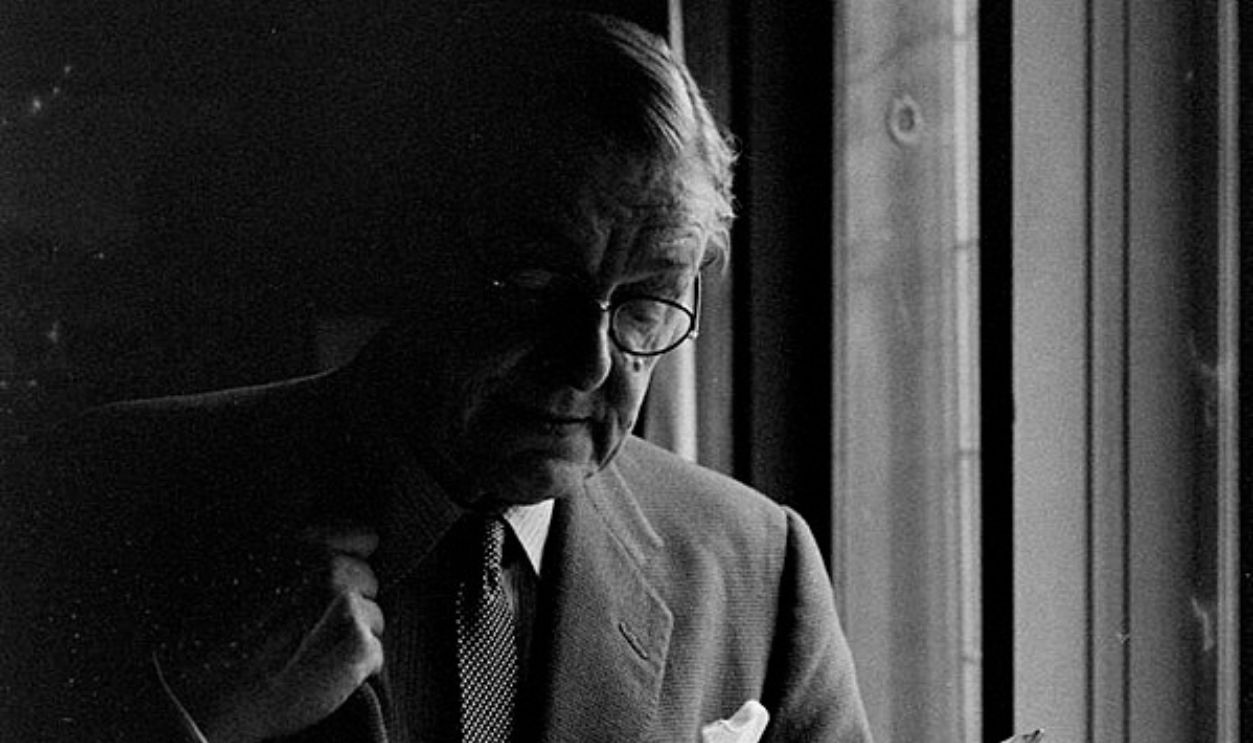 Sneh Vatsa, CC BY-SA 4.0, Wikimedia Commons
Sneh Vatsa, CC BY-SA 4.0, Wikimedia Commons
Unspoken Love And Regret
Before leaving for Oxford, Eliot visited Hale, but he did not propose. Years later, she asked why. He said he had nothing to offer. Hale recalled telling her he loved her, but the marriage was never mentioned. At the time, she didn’t share his feelings.
Eliot’s Hidden Confession
In 1960, when Eliot found out Hale had written down her memories, he decided to share his side of the story again. This time, he wrote a secret letter to Harvard, with instructions to make it public when Hale’s letters were released.
Unspoken Love Revealed
In the letter, he admitted that he had once loved her but felt she never gave him any reason to believe she felt the same way in any degree. Continue to the next slides to see what clarifications Eliot’s letters brought.
A Love Misaligned
When Eliot’s letters were finally opened, one thing became clear: On that evening in June 1914, he was still a shy young man, and Hale, on the other hand, was a proper Bostonian, more focused on her acting career than marriage.
Timing Was Off
Their timing wasn’t right, but Eliot believed that one day he would return, and they might still have a future together. They became another example of the "right person, wrong time" trope.
Celebrating A Literary Legacy
By the time Eliot’s 100th birthday was marked in 1988, he was widely recognized as a great poet and had even won the Nobel Prize. To celebrate the occasion, his widow released the first volume of his letters, covering up to 1922.
Secrets Stored At Princeton
By then, scholars were already aware of a collection of unopened letters stored at Princeton. Although the first volume did not include letters to Hale, Mrs Eliot knew she couldn’t ignore that part of his past. She understood that she needed to address what had happened during his Harvard years.
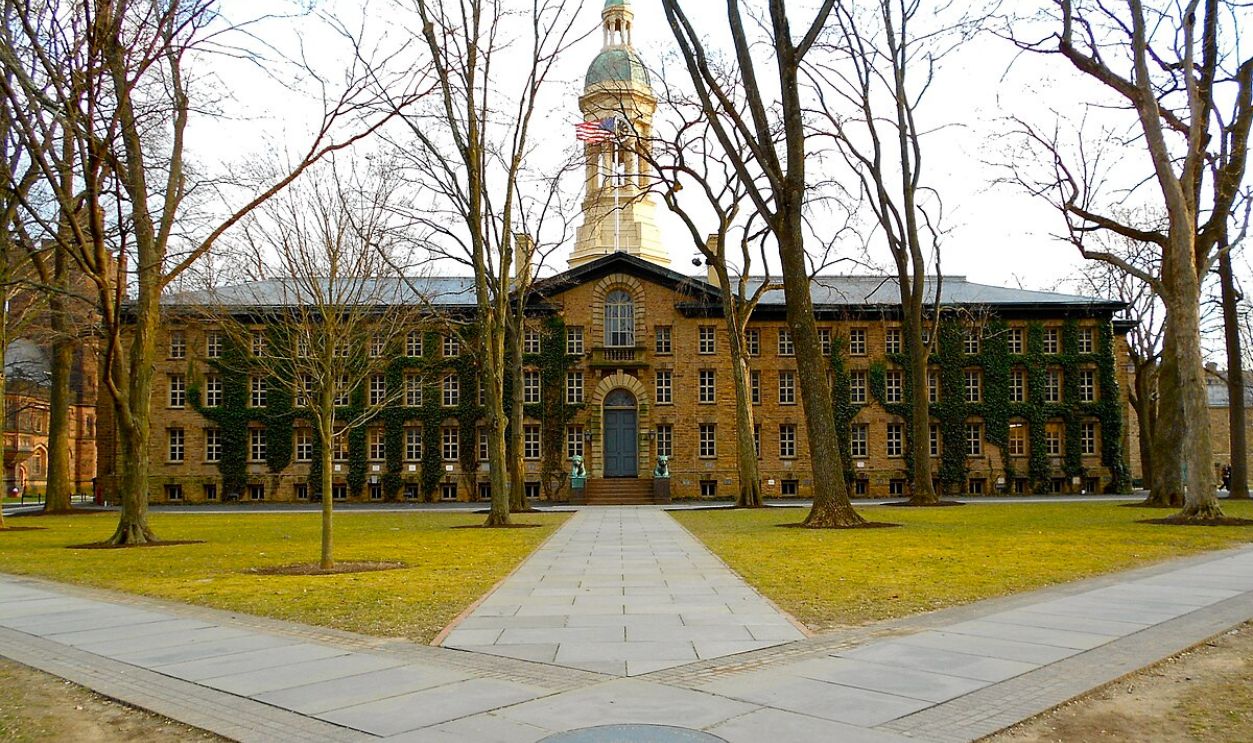 Smallbones, CC0, Wikimedia Commons
Smallbones, CC0, Wikimedia Commons
Literary Allusions And Secrets
In her introduction, Mrs Eliot did not reveal that her husband had written a pre-emptive letter to Harvard. Instead, she vaguely referred to it as a private paper, which was written in the sixties. She paraphrased his account of Hale’s rejection.
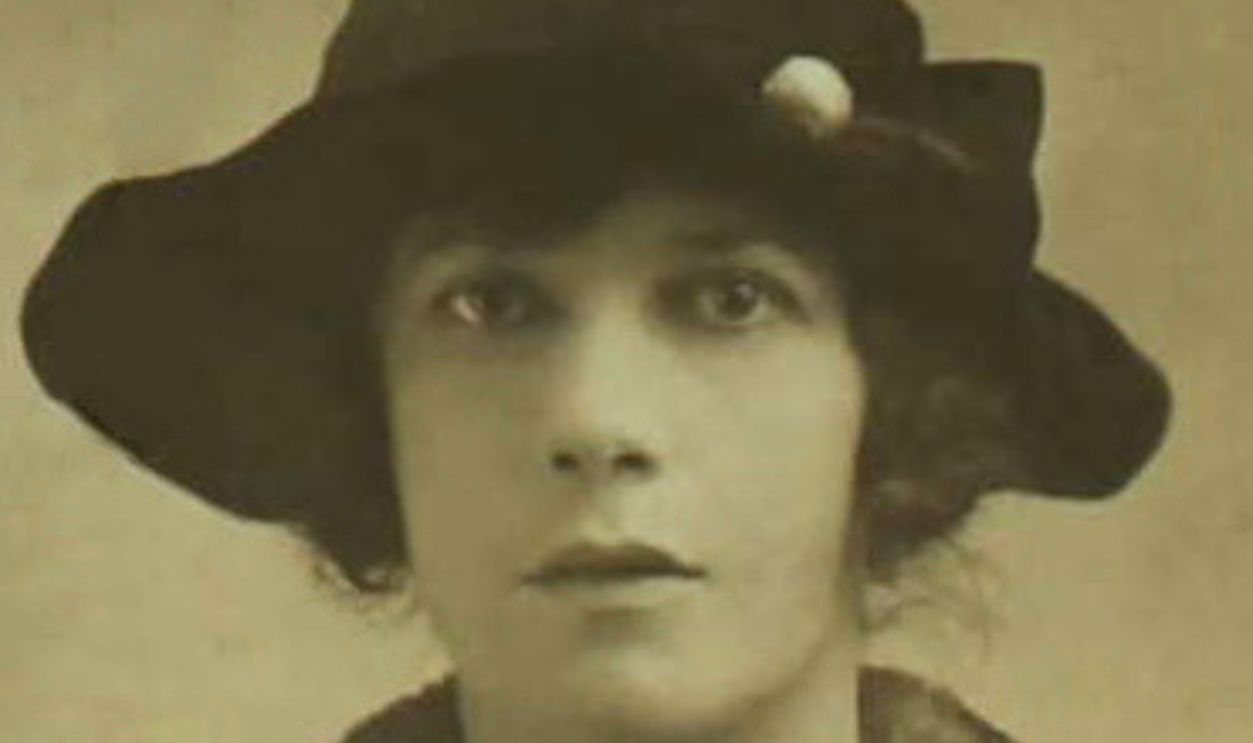 US Government, Wikimedia Commons
US Government, Wikimedia Commons
The Aspern Papers In Reverse
She focused on his reaction to Hale donating his letters, calling it The Aspern Papers in reverse, a nod to Henry James’s novella, where a narrator seeks a late poet’s love letters by gaining the trust of his elderly former lover, an allusion literary scholars would recognize.
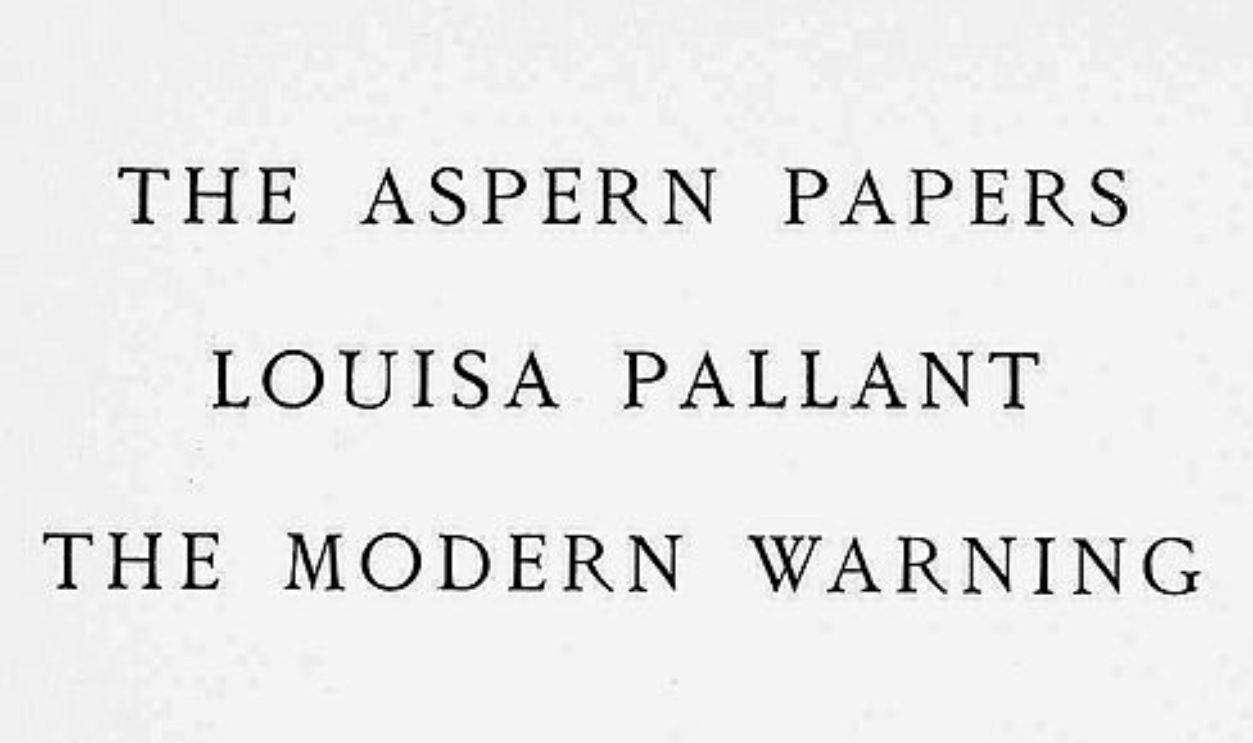 Henry James/Macmillan (New York and London), Wikimedia Commons
Henry James/Macmillan (New York and London), Wikimedia Commons
The Tale Of Rejection
For the next 32 years, Hale’s story remained locked away, but her reputation was shaped by those who could speak and by those who twisted the narrative. She became known as the woman who turned down a young, shy, and awkward TS Eliot.

